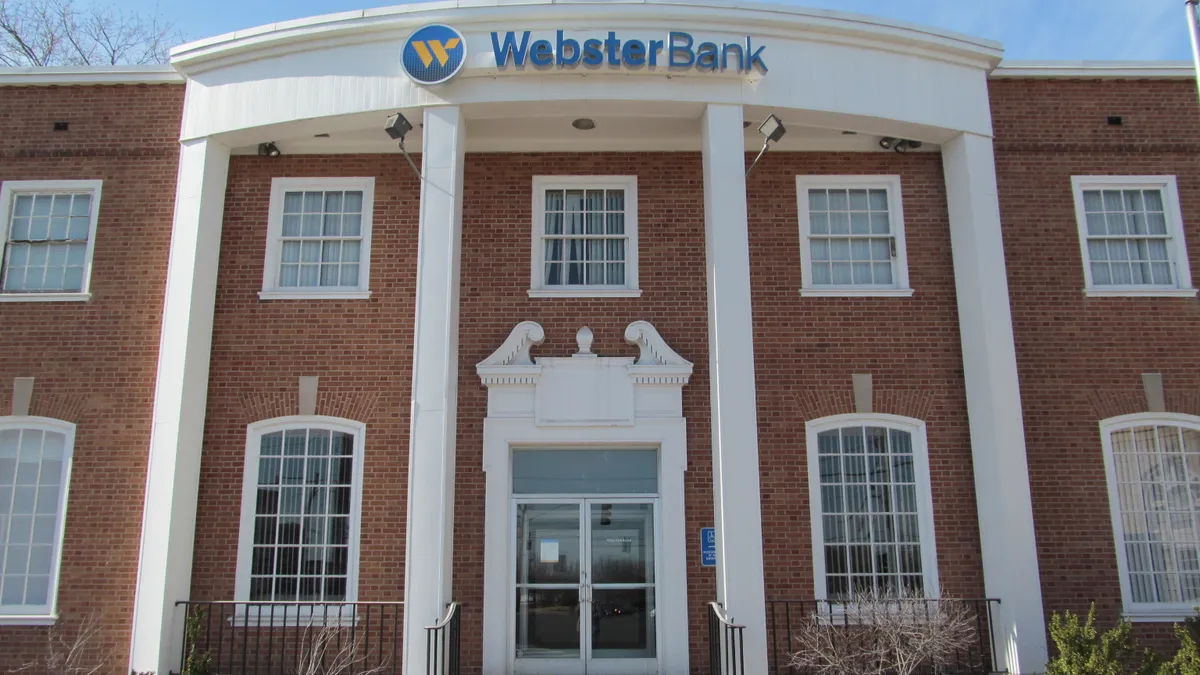The $908 billion coronavirus relief measure approved Monday by Congress, which includes $284 billion for a revamped Paycheck Protection Program (PPP), addresses some of the pain points that plagued prior iterations of the small-business loan platform, industry analysts said.
The measure — attached to a $1.4 trillion bill set to fund the federal government through September — allows existing borrowers with less than 300 employees to apply for a second loan of up to $2 million as long as they show a revenue decline of at least 25%.
The 5,593-page package, which is still awaiting President Donald Trump's signature, also features a simplified forgiveness application for loans of $150,000 or less that requires borrowers simply to state the number of employees retained and the amount of PPP funds spent on payroll.
"I think it'll be easier for the lending community, if they're adaptable, and if they're ready for this. Certainly, we've been talking about this second-draw PPP since at least July," Chris Hurn, CEO and founder of Fountainhead Commercial Capital, told reporters during a call Tuesday. "There has been some time for lenders to hopefully build some technology platforms that will benefit them."
Hurn said the simplified one-page forgiveness application for smaller loans will help borrowers and lenders.
"It will free up the borrowers to focus on running their business, and it'll free up the lending community to focus on taking in more applicants and helping more businesses," he said.
As was the case during the program's initial $350 billion launch in early April, as well as its $320 billion infusion weeks later, lenders have dealt with technical glitches and overwhelming demand in the opening hours of each iteration.
Easier implementation
Although the latest PPP round could still face similar hiccups associated with a hasty rollout, banks will likely face an easier implementation this time, said Mike Brauneis, managing director and U.S. financial services industry leader at global consulting firm Protiviti.
"Lenders will benefit significantly from the processes, technology infrastructure and lessons learned in the first round last spring and summer," he said.
Brauneis said the Small Business Administration's (SBA) infrastructure has also seen improvement since April and should be better positioned to handle what may be a huge initial surge of applications.
"That said, the draft legislation came together very quickly and there are many fine-point details that SBA will need to issue guidance to address before banks and other lenders can begin making loans," he said.
Sen. Ben Cardin of Maryland, the top Democrat on the Senate Small Business Committee, said Tuesday he believes the window for PPP loans could reopen as early as New Year's Eve, according to Politico.
Certain provisions in the PPP reboot also indicate lawmakers took the challenges and criticism of the first version to heart and tried to make "PPP 2.0" more targeted, Brauneis said, pointing to second-loan eligibility being limited to businesses that can demonstrate revenue losses, as well as enhanced support for certain harder-hit industries and set-asides for smaller businesses, smaller lenders and Community Development Financial Institutions (CDFIs).
"Overall, I think we're seeing a much more focused program designed to get money faster to the businesses that really need it, through the lenders that are best positioned to help those businesses, while ensuring funds don't go to businesses that are not in need," he said.
PPP initially drew flak when some large organizations such as Shake Shack, Ruth's Chris Steak House and the Los Angeles Lakers were able to secure funds ahead of smaller borrowers.
Safeguards and burnout
Despite changes to the program, Brauneis said banks could face new challenges, particularly when it comes to determining eligibility standards for a second loan.
"SBA is going to need to establish controls to validate whether a business applying for a PPP 2.0 loan has already received a 1.0 loan, perhaps from a different bank," he said. "For businesses applying for a second loan, the 25% revenue test is going to require underwriting-like steps on the part of the lenders that weren't needed for 1.0.
"What kind of documentation will be required to validate revenue losses?" he asked. "We can't expect that many small businesses are going to have audited quarterly financial statements, but what's the reasonable middle ground between that and income statements handwritten on the back of a napkin?"
As businesses gear up to apply for the latest PPP loan window, they may face a smaller pool of lenders willing to participate, Hurn said.
"There's a fair amount of PPP fatigue and burnout in the lending community right now," he said. "I am sure there is going to be a sizable chunk of lenders that participated in the first-draw PPP loans that do not participate in the second draw.
"I think there's going to be a lot of people that sit on the sidelines and don't participate, and some of that's because the pandemic has lasted longer than I think a lot of folks had anticipated," he added. "You're starting to see more deterioration in loan portfolios. That means that lenders have to spend more of their time servicing their existing loans and probably less time making new loans, even if it is 100% government guaranteed."





















